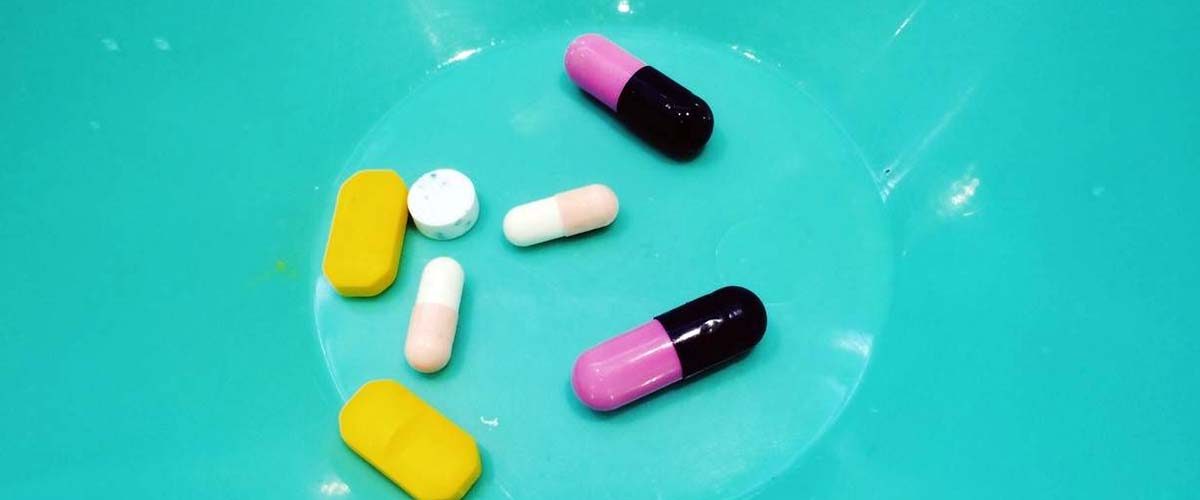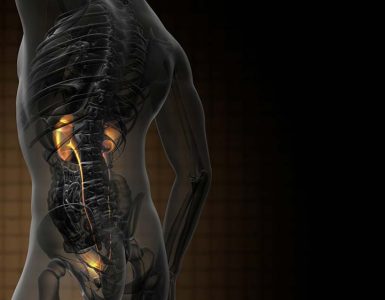In a recent study, Ghada and his colleague discovered isolating probiotic bacteria from healthy men is useful in inhibiting the growth of multidrug-resistant bacteria in the hemodialytic patient. The study was published in the Journal of Medical Sciences, emphasizing the characterization and inhibition of the MDR bacteria in the Egyptian population.
In today’s time, the antibiotics resistance is upsurging globally due to multiple causes, including variance in geographics, antibiotics abuse, mutation of microbes, and genetic transfer among the human body’s natural microflora. Multidrug resistance is defined as bacterial resistance to more than three-drug action; hence, the prevalence of uropathogenic in a hemodialytic patient raises the chances of infectious complications and challenges the growth control.
The process of hemodialysis intends to purify the blood and regulate the body function; however, the immunocompromised person frequently exposed to medication and catheter change is prone to major hospital infections and complications. The corresponding author and his team actively worked to develop probiotics (E. faecium NM2 bacteria) as an alternative solution for the inhibitory agents of MDR bacteria. Coinciding, the two studies performed in Eygpt revealed a promising effect of probiotics in the control of uropathogens and UTIs prevention.
According to the research team, a positive relation between age with the severity of the infection is established. They found “ with the increasing age; <40, 40-60 and>60 years, the immunity decreases against the infection (13, 39, and 48%, respectively); thus, patients require a high level of care and special precautions during the vascular access”.
The findings of Enan and Chervet revealed that the majority of the uropathogens are opportunistic bacilli comprising of 76% Gramnegative bacilli and 24% Gram-positive cocci with E.coil as a dominant strain. The extracted strain showed resistance against cephalothin (76%), sulfamethoxazole/trimethoprim(73%), amoxicillin/clavulanic acid (68%), and cefaclor (66%). However, these bacterial strains were highly susceptible to imipenem (87%), followed by amikacin (71%), ofloxacin (68%), nitrofurantoin (64%), and ciprofloxacin (62%).
















Add comment